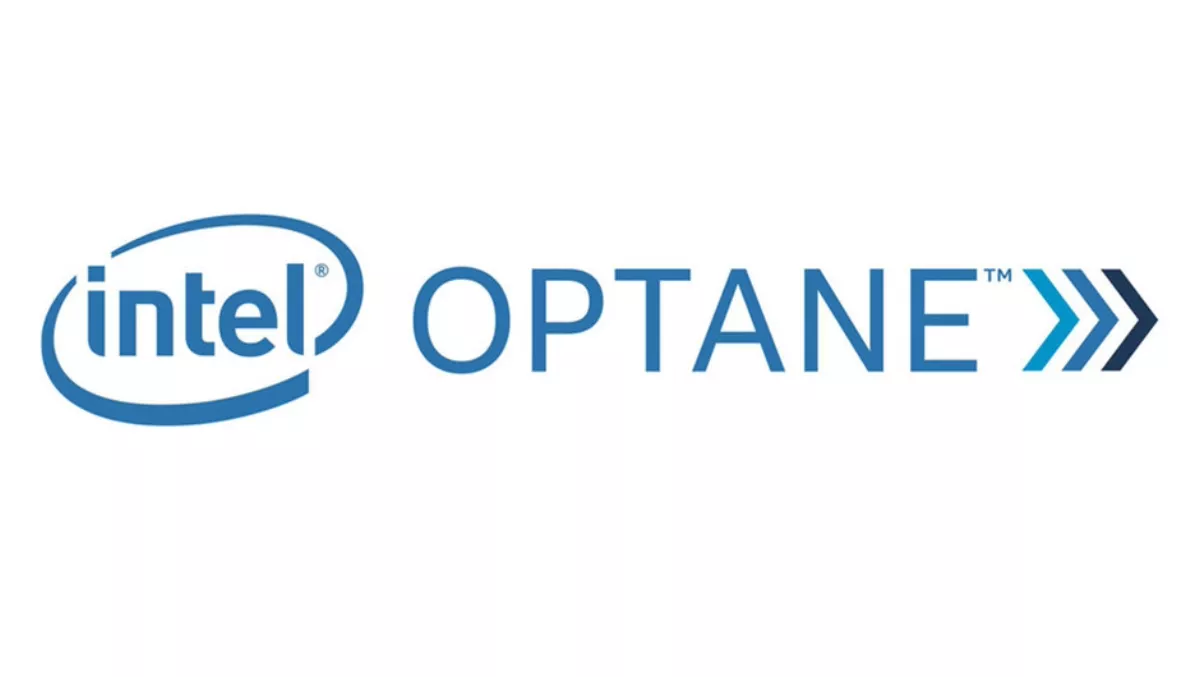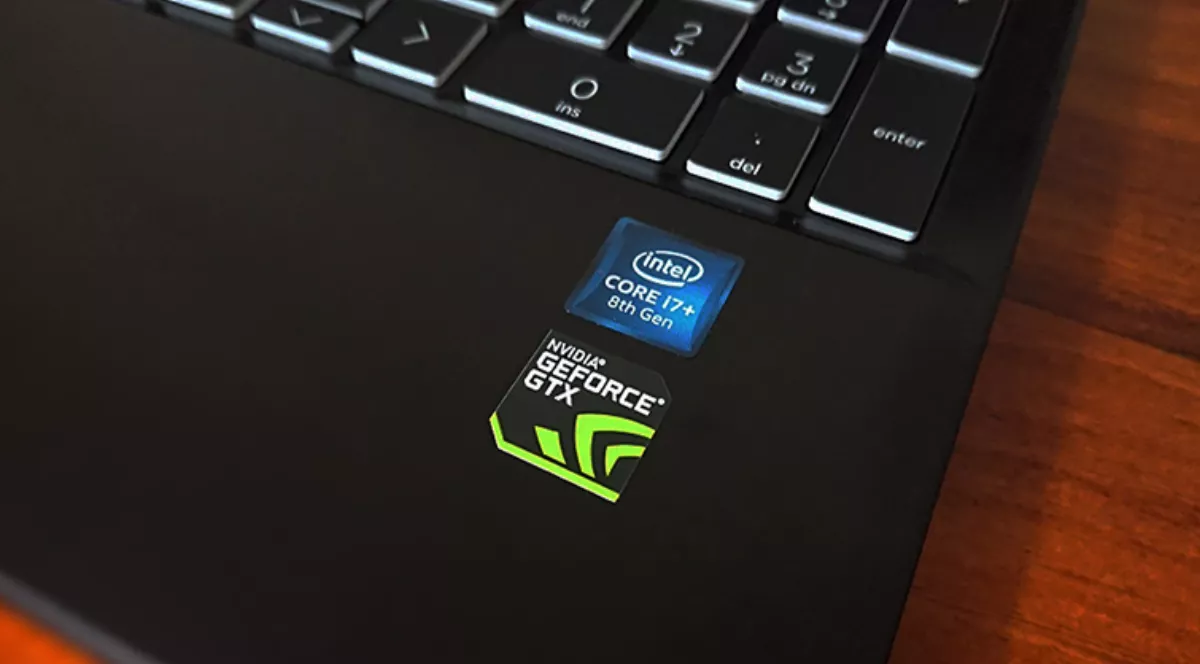
Hands-on Intel Optane performance test: HP Pavilion Gaming Laptop
A little while ago I was shown the little "+" on the Intel stickers adorning laptops powered by the latest 8th Gen CPUs. The plus means that the computer uses Intel's Optane memory.
Chipzilla promises that adding Optane memory to your 8th generation i5, i7 or i9 Intel CPU will let you enjoy a faster, smoother, and amazingly responsive computing experience. But does it really?
Simply put, Optane is non-volatile memory (i.e. it doesn't forget stuff when you switch it off) that works like a little solid-state drive. When paired with your traditional hard drive, the Optane module acts as a cache, supposably boosting the performance of a traditional hard drive to nigh-on SSD speeds.
Sounds too good to be true? Yeah, that's what I thought as well.
Intel loaned me an Optane-equipped HP Pavilion Gaming Laptop to test this arcane technology.
For a gaming laptop, the Pavillion 15-cx0154TX looks more like it belongs in a boardroom rather than at a LAN party.
The specs, an i7-8750H running at a quant 2.2GHz and a ho-hum GeForce GTX 1050 will hardly get a gamer's juices flowing.
Testing the laptop with 3D Mark garnered results that were so sad that I'm not even going to publish them. I'll just say, they were bad.

The laptop's gaming prowess wasn't the reason why Intel loaned me the thing. It was all about that little "+" after the i7 written on the Intel sticker that adorned the keyboard. Whilst the laptop had a less-than-impressive GTX 1050 powering the visuals, it also had Optane inside.
The laptop came with a 1TB 7200rpm traditional hard drive installed. Somewhere in its guts this run-of-the-mill HDD was teamed up with a stick of Intel Optane memory.
Optane memory acts a lot like a solid-state drive. It even comes in the M.2 form factor for desktop PC use. Using the Intel Rapid Storage Technology, the Optane memory is paired with a hard drive, so only the hard drive shows up in the file system, the Optane memory just acting as a cache.
For laptops this technology allows users to enjoy SSD speeds from their single, high-capacity 2.5" HDD. Desktop users who don't have the same hard drive accommodation restraints as with laptops may not find Optane essential, but it's still a good way of giving that 3TB Barracuda sitting in your PC case a massive speed boost.
How much of a boost, though?
Well, using Crystal DiskMark, the FutureFive gaming PC's SSD scores 420.7 (Read) and 371.1 MB/s on the 1GB Seq Q32T1 test. A 3GB Seagate Barracuda scored a write speed of 185MB/s.

The HP laptop's 1TB hard drive is a pretty ordinary Hitachi Travelstar 7K100 7200 RPM drive, coupled with Intel Optane. Using the same test of Crystal DiskMark, the HP Pavilion's Optane-enhanced HDD scored a whopping 926.8 MB/s.
The write speed of 150.9 MB/s is consistent with a regular hard drive, demonstrating that the Optane performance advantage is in reading the cached data and not writing it onto the HDD.
That's double the read speed of a solid-state drive and over five times faster than a reasonably-fast Seagate Barracuda. It's an impressive speed increase. Be mindful though, the Optane module is only caching the most commonly used files, making it better suited to an operating system drive than a drive that gets accessed for random data.
Whilst I can really recommend the HP Pavilion Gaming Laptop, the machine really showed the power of Intel's Optane technology. Providing drive access performance double the speed of an SSD and over four times faster than a regular HDD, Optane is a recommended boost for your next laptop.


